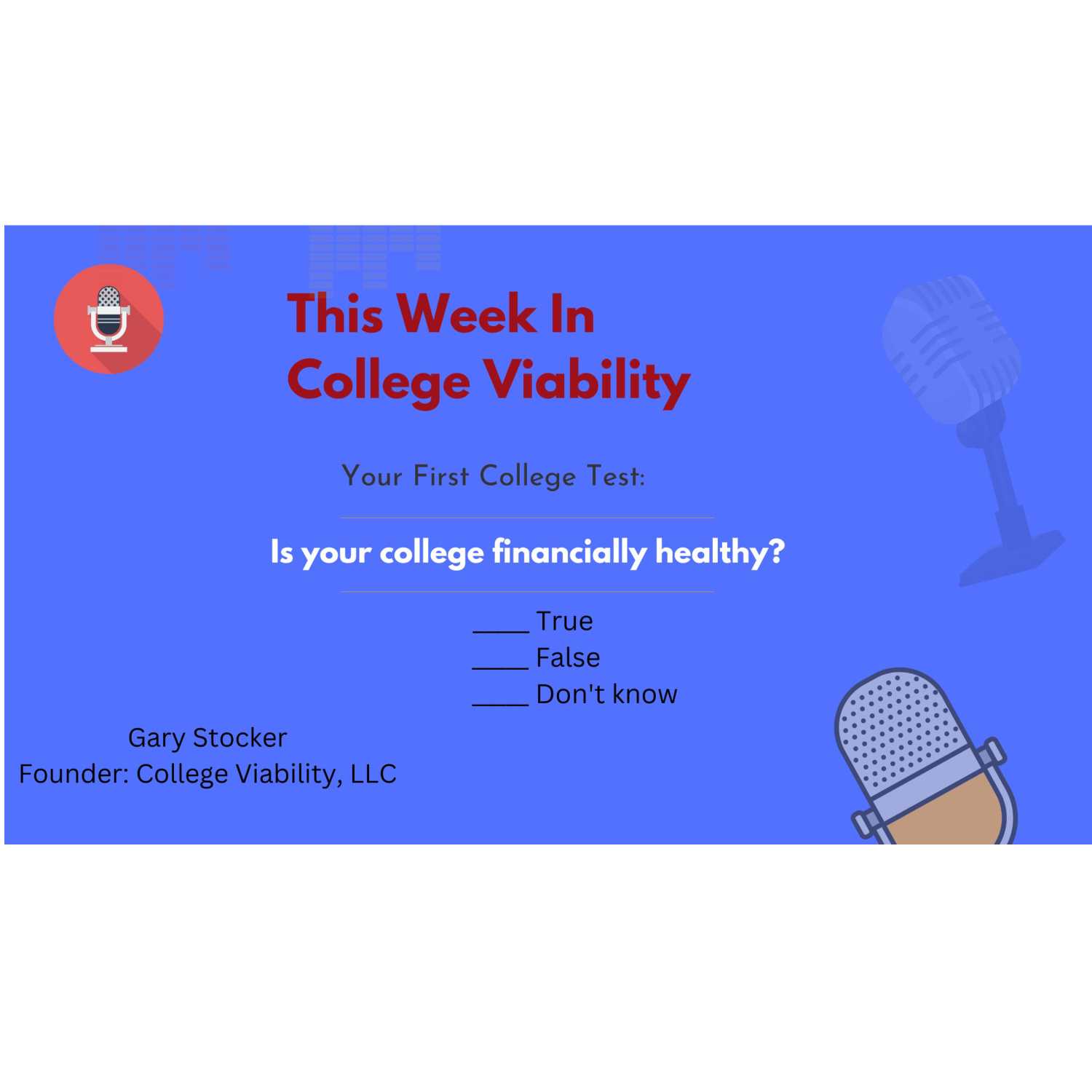- After-Shows
- Alternative
- Animals
- Animation
- Arts
- Astronomy
- Automotive
- Aviation
- Baseball
- Basketball
- Beauty
- Books
- Buddhism
- Business
- Careers
- Chemistry
- Christianity
- Climate
- Comedy
- Commentary
- Courses
- Crafts
- Cricket
- Cryptocurrency
- Culture
- Daily
- Design
- Documentary
- Drama
- Earth
- Education
- Entertainment
- Entrepreneurship
- Family
- Fantasy
- Fashion
- Fiction
- Film
- Fitness
- Food
- Football
- Games
- Garden
- Golf
- Government
- Health
- Hinduism
- History
- Hobbies
- Hockey
- Home
- How-To
- Improv
- Interviews
- Investing
- Islam
- Journals
- Judaism
- Kids
- Language
- Learning
- Leisure
- Life
- Management
- Manga
- Marketing
- Mathematics
- Medicine
- Mental
- Music
- Natural
- Nature
- News
- Non-Profit
- Nutrition
- Parenting
- Performing
- Personal
- Pets
- Philosophy
- Physics
- Places
- Politics
- Relationships
- Religion
- Reviews
- Role-Playing
- Rugby
- Running
- Science
- Self-Improvement
- Sexuality
- Soccer
- Social
- Society
- Spirituality
- Sports
- Stand-Up
- Stories
- Swimming
- TV
- Tabletop
- Technology
- Tennis
- Travel
- True Crime
- Episode-Games
- Visual
- Volleyball
- Weather
- Wilderness
- Wrestling
- Other
4 Financial Health & Viability Questions to ask college reps
Here is a simple list of 4 questions to ask colleges that will allow for a better assessment of their financial health and viability.1. Has your FTE enrollment increased or decreased in the past 5-10 yearsNOTE: Ask about the FTE enrollment because that is a standard measurement that creates the best comparisons2. What is your 4-year undergraduate graduation rate for the past 5-10 years?NOTE: This may be the most significant - and overlooked indicator. If a college has not graduated at least 50% of its undergraduate students in 4 years, there is reason to believe the mix of student is not academically strong AND they don't have the systems and processes in place to guide students towards graduation.3. What is your current endowment value?NOTE: Use a minimum of $50M. If a college is below that number it suggests they don't have the systems and processes in place to solicit gifts from alumns, community, student and others. A college unable to reach that $50M over decades cannot reasonably be expected to do so on short notice when a financial crisis develops.4. Has your admissions yield increased or decreased over the past 5-10 years?NOTE: Admissions yield is a popularity indicator. It shows what percentage of students a college accepted actually show up and start paying tuition. If the admissions yield is decreasing over a period of years, it strongly suggests that students are finding more acceptable options. NOTE 2: As a sidebar, the really selective colleges (Harvard, Yale, etc.) keep their admissions yields low on purpose - typically in the 5% range.

